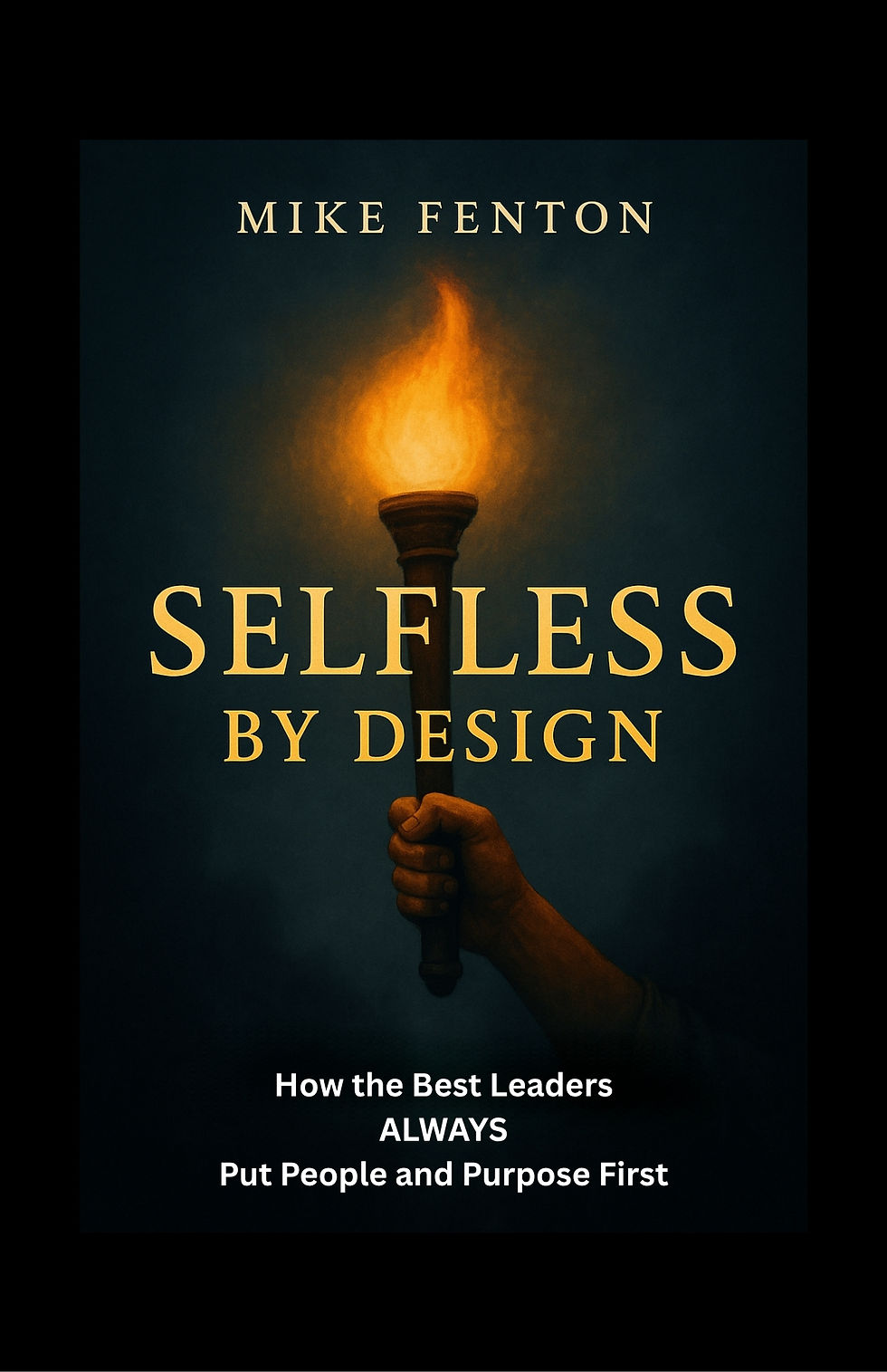What’s the Best Way to Pay Off Debt? Snowball, Avalanche, or Just Getting Started?
- Michael Fenton

- Jun 7
- 4 min read

Most people want to be free from debt—but many get stuck at the starting line, unsure which debt payoff method is “best.” While weighing options is smart, overthinking can turn into paralysis. If you’re in this situation, know this: the best debt payoff method is the one you stick with.
Let’s break down the most common debt repayment strategies and explore the pros and cons of each. Then, we’ll talk about what really makes a difference in becoming debt-free—and why your mindset and systems matter just as much as the math.
The Top 3 Debt Payoff Methods
1. Minimum Payments
Definition: You pay only the required minimum on each debt each month.
Pros:
Easiest option with the least financial pressure.
Keeps you current and avoids late fees.
Cons:
It can take decades to eliminate debt.
You’ll pay significantly more in interest over time.
No real momentum or progress—you stay in the debt cycle.
Who might choose this: Someone in a temporary financial bind who cannot afford more than the minimum, or someone unaware of the cost of interest accumulation.
2. Debt Snowball Method
Definition: You pay off debts in order of smallest balance to largest, regardless of interest rate. After paying off one debt, you roll its payment into the next smallest debt.
Pros:
Builds psychological momentum quickly.
Early wins can boost motivation and consistency.
Simple to understand and track.
Cons:
May cost more in interest over time compared to other methods.
Who might choose this: Someone who thrives on motivation and needs to see fast results to stay committed.
3. Debt Avalanche Method
Definition: You pay off debts in order of highest interest rate to lowest. Like the snowball method, payments roll over as each debt is paid off.
Pros:
Saves the most money on interest.
Can shorten overall debt payoff time.
Cons:
May take longer to see early wins.
Can be discouraging if your highest-interest debt also has a large balance.
Who might choose this: Someone focused on efficiency and total savings who doesn’t need as much emotional reinforcement.
So, Which One Is Best?
From a purely financial standpoint, the avalanche method typically saves you the most money and time. But from a behavioral standpoint, the snowball method may be more effective if it helps you stay on track.
What’s often overlooked? Adding extra payments. Regardless of your method, consistently paying more than the minimum—even small amounts—can save years of payments and thousands in interest. To see how much time and money you could save with different strategies, check out this debt payoff calculator I created. It offers a visual breakdown to help you decide which path fits your financial goals.
Mindset Over Math: The Real Key to Getting Out of Debt
Choosing a method is important, but the real breakthrough comes from commitment and consistency. Getting out of debt requires intentionality. And the easiest way to stay on track? Automate your money.
No matter what budget plan you follow, it must be rooted in one thing: knowing your numbers. If you don’t know how much is coming in and going out, it’s nearly impossible to create an effective debt payoff strategy.
Budgeting That Works (and Still Lets You Live)
One popular framework is the 50/30/20 method:
50% of your take-home pay goes to Needs (housing, food, transportation).
30% goes to Wants (entertainment, hobbies, lifestyle).
20% goes to Savings and Debt Repayment.
These percentages can be automated through your bank, making it effortless to stick to your budget. And don’t skip the "fun" money. Deprivation leads to burnout—budgeting in joy keeps you going.
However, in today’s economic climate, 50% for needs may be unrealistic. High housing costs in many cities may push needs closer to 60–65%. If that’s your situation, adjust other categories accordingly and look at your full cost of living—not just in dollars, but in time, stress, and opportunity.
Cut Costs and Increase Income
Most people focus on trimming expenses. While that’s valuable, there’s only so much you can cut. A more sustainable, long-term strategy is to grow your income.
Can you ask for a raise?
Is a career shift feasible?
Could you develop in-demand skills like AI or coding?
Online learning platforms and certifications can make you more marketable. Look at your current industry: what problems need solving? How can you become the person who solves them?
As long as your lifestyle doesn’t inflate with your income, increasing your earnings can dramatically accelerate your financial progress.
The Final Word: Just Start
In the end, the best method is the one you actually use.
Don’t waste months comparing options while interest racks up. Action beats analysis every time. Even if you start imperfectly, the momentum will build. You can always optimize later.
And remember: the real magic comes not just from saving interest, but from changing your relationship with money—and proving to yourself that financial freedom is possible.
👉 Ready to see your debt-free date? Use this calculator to visualize your path to freedom.
.png)




Comments